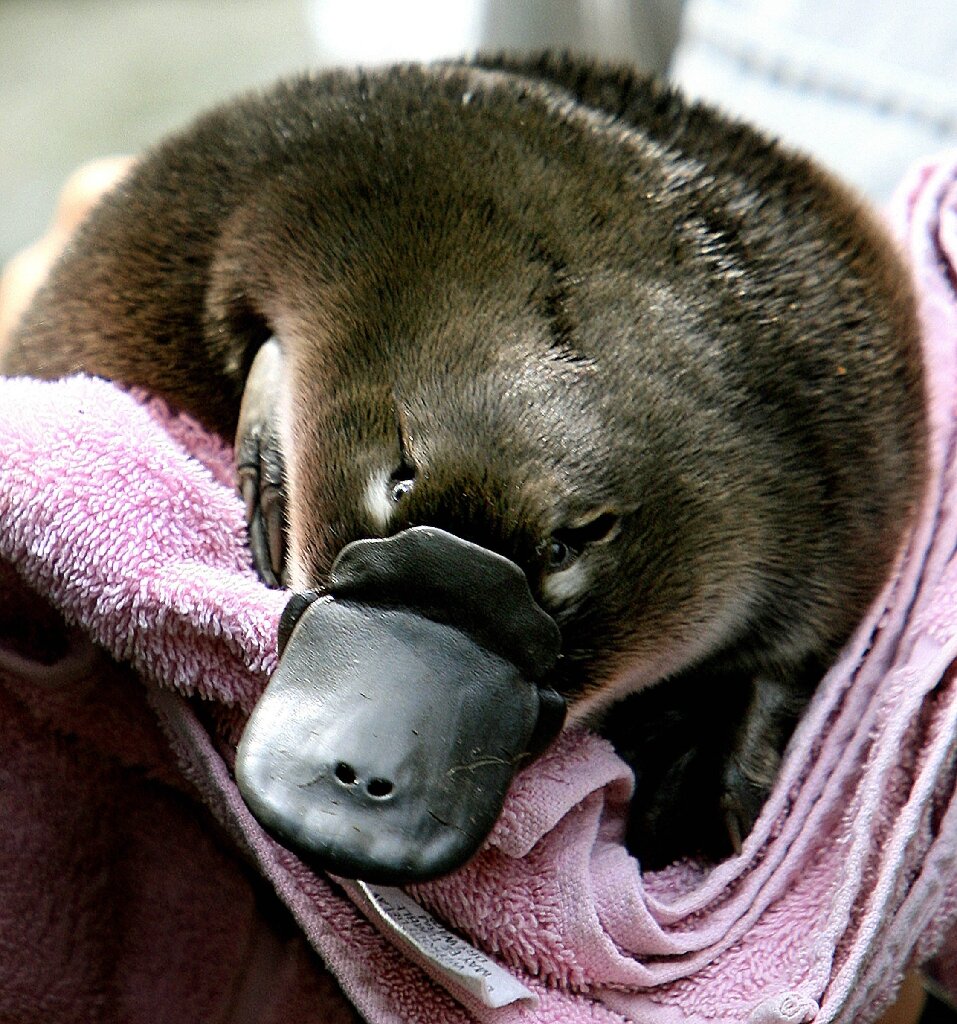#Space telescope launched on daring quest to behold 1st stars
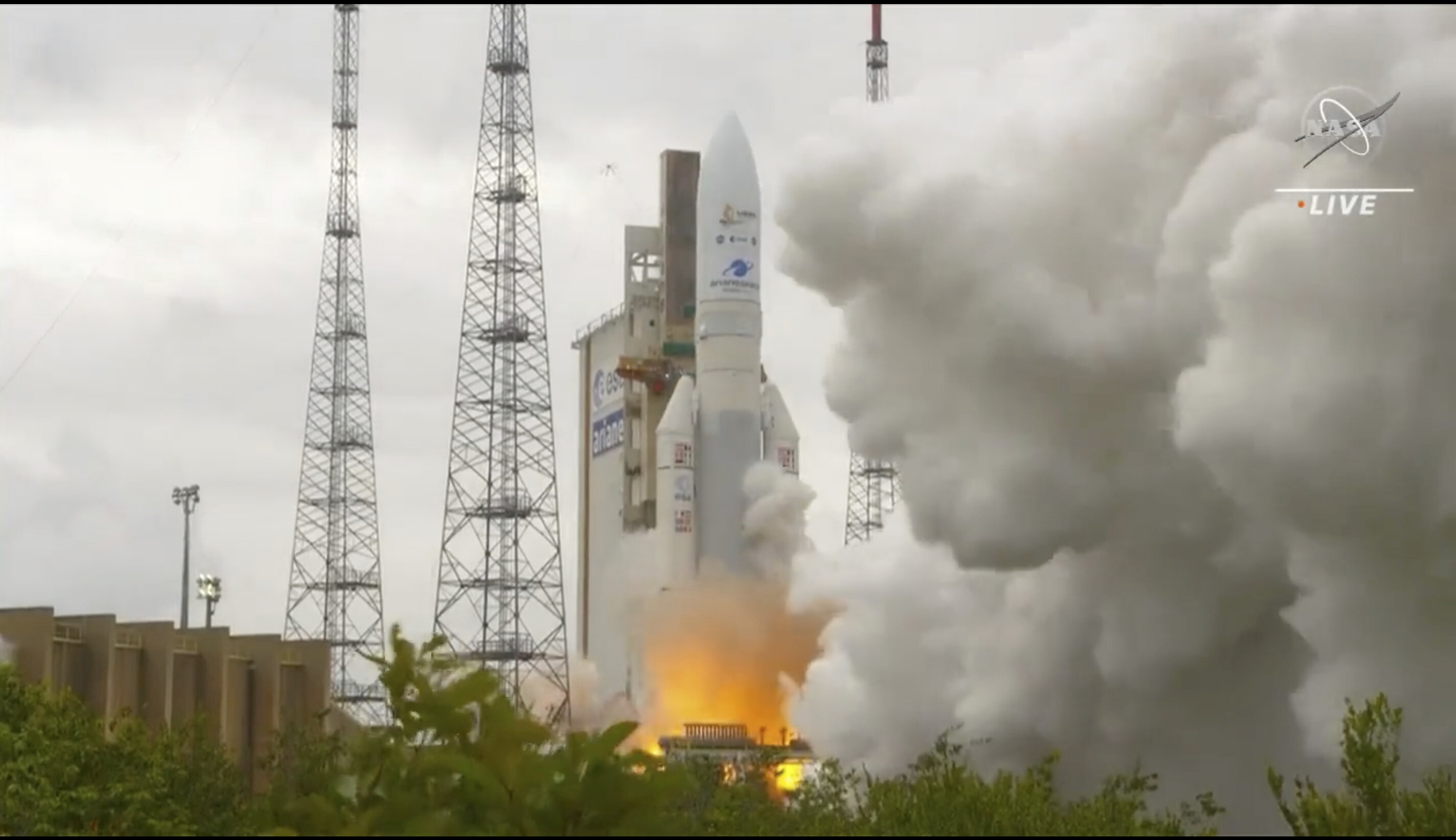
“#Space telescope launched on daring quest to behold 1st stars”

The world’s largest and most powerful space telescope rocketed away Saturday on a high-stakes quest to behold light from the first stars and galaxies and scour the universe for hints of life.
NASA’s James Webb Space Telescope soared from French Guiana on South America’s northeastern coast, riding a European Ariane rocket into the Christmas morning sky.
The $10 billion observatory hurtled toward its destination 1 million miles (1.6 million kilometers) away, or more than four times beyond the moon. It will take a month to get there and another five months before its infrared eyes are ready to start scanning the cosmos.
First, the telescope’s enormous mirror and sunshield need to unfurl; they were folded origami-style to fit into the rocket’s nose cone. Otherwise, the observatory won’t be able to peer back in time 13.7 billion years as anticipated, within a mere 100 million years of the universe-forming Big Bang.
“It’s going to give us a better understanding of our universe and our place in it: who we are, what we are, the search that’s eternal,” NASA Administrator Bill Nelson said earlier this week.
But he cautioned: “When you want a big reward, you have to usually take a big risk.”
Intended as a successor to the aging Hubble Space Telescope, the long-delayed James Webb is named after NASA’s administrator during the 1960s. NASA partnered with the European and Canadian space agencies to build and launch the new 7-ton telescope, with thousands of people from 29 countries working on it since the 1990s.
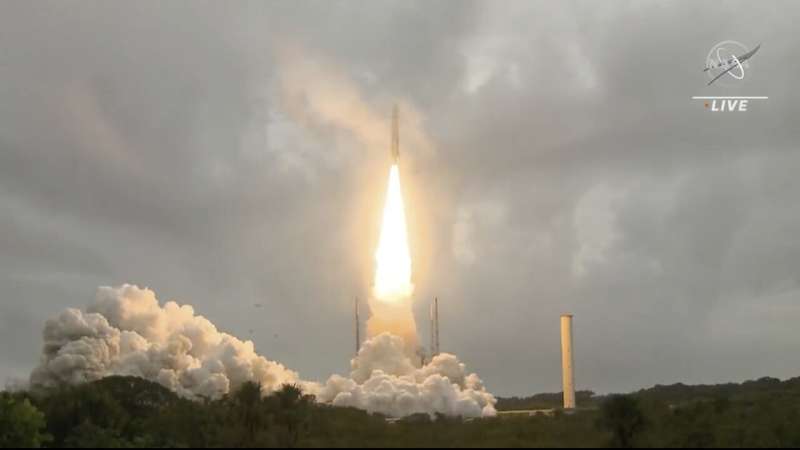
With the launch falling on Christmas and a global surge in COVID-19 cases, there were fewer spectators at the French Guiana launch site than expected. Nelson bowed out along with a congressional delegation and many contractors who worked on the telescope.
Around the world, astronomers had eagerly waited to see Webb finally taking flight after years of setbacks. Last-minute technical snags bumped the launch nearly a week, then gusty wind pushed it to Christmas. Inside Launch Control, there was a smattering of Santa hats.
“We launch for humanity this morning,” Arianespace CEO Stephane Israel said minutes before liftoff. “After Webb, we will never see the skies in quite the same way.”
The telescope’s showpiece: a gold-plated mirror more than 21 feet (6.5 meters) across.
Protecting the observatory is a wispy, five-layered sunshield, vital for keeping the light-gathering mirror and heat-sensing infrared detectors at subzero temperatures. At 70 feet by 46 feet (21 meters by 14 meters), it’s the size of a tennis court.
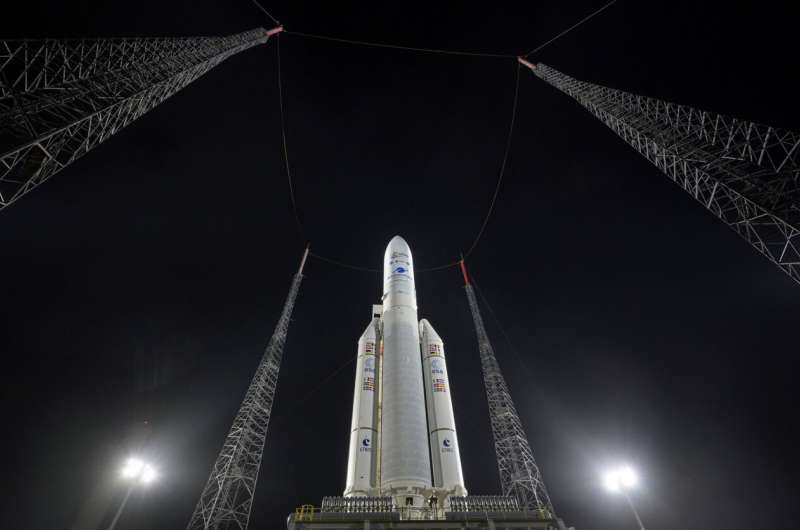
If all goes well, the sunshield will be opened three days after liftoff, taking at least five days to unfold and lock into place. Next, the mirror segments should open up like the leaves of a drop-leaf table, 12 days or so into the flight.
In all, hundreds of release mechanisms need to work—perfectly—in order for the telescope to succeed. “Like nothing we’ve done before,” said NASA program director Greg Robinson.
Retired astronaut-astronomer Steven Hawley is more stressed over Webb than he was for Hubble, which he released into orbit from space shuttle Discovery in 1990. That’s because Webb will be too far away for rescuing, as was necessary when Hubble turned out to have blurry vision from a defective mirror.
Spacewalking repairs by astronauts transformed Hubble into a beloved marvel that has revolutionized humanity’s understanding of the universe, casting its eyes as far back as 13.4 billion years. It’s now up to Webb to draw even closer to the Big Bang 13.8 billion years ago, its infrared vision keener and more far-reaching than Hubble’s is in the shorter visible and ultraviolet wavelengths.
-
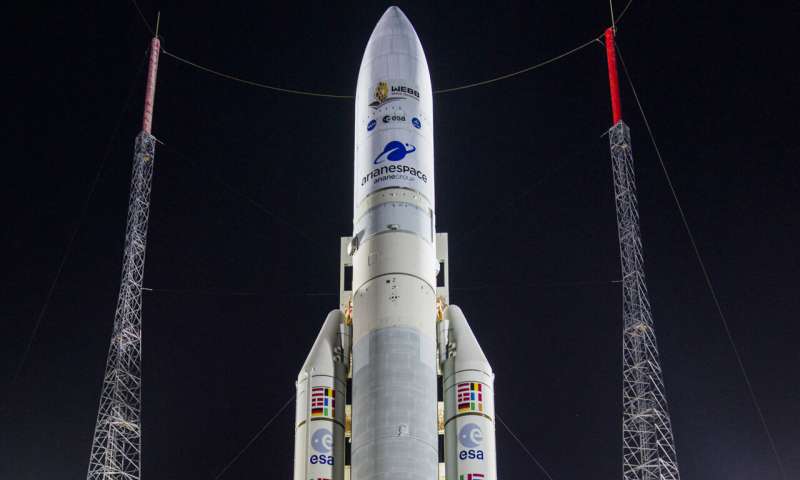
In this photo provided by NASA, Arianespace’s Ariane 5 rocket with NASA’s James Webb Space Telescope onboard, is seen at the launch pad, Thursday, Dec. 23, 2021, at Europe’s Spaceport, the Guiana Space Center in Kourou, French Guiana. The James Webb Space Telescope has infrared vision, allowing it to peer deeper into the universe, all the way to the first stars and galaxies. Liftoff is set for Saturday morning, Dec. 24, on a French rocket from South America. Credit: Chris Gunn/NASA via AP
-
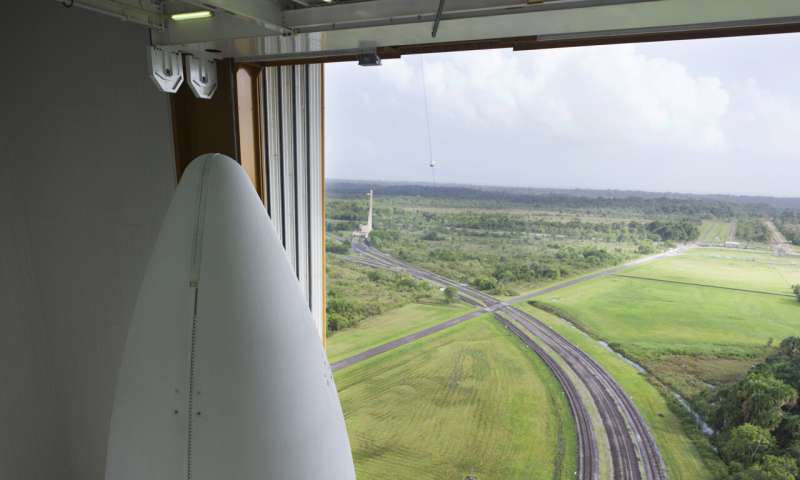
In this image released by NASA, Arianespace’s Ariane 5 rocket with NASA’s James Webb Space Telescope onboard, stands in the final assembly building ahead of the planned roll to the launch pad, Thursday, Dec. 23, 2021, at Europe’s Spaceport, the Guiana Space Center in Kourou, French Guiana.. Set to soar after years of delay, the James Webb Space Telescope will seek out the faint, twinkling light from the first stars and galaxies, providing a glimpse into cosmic creation. Credit: Chris Gunn/NASA via AP
-
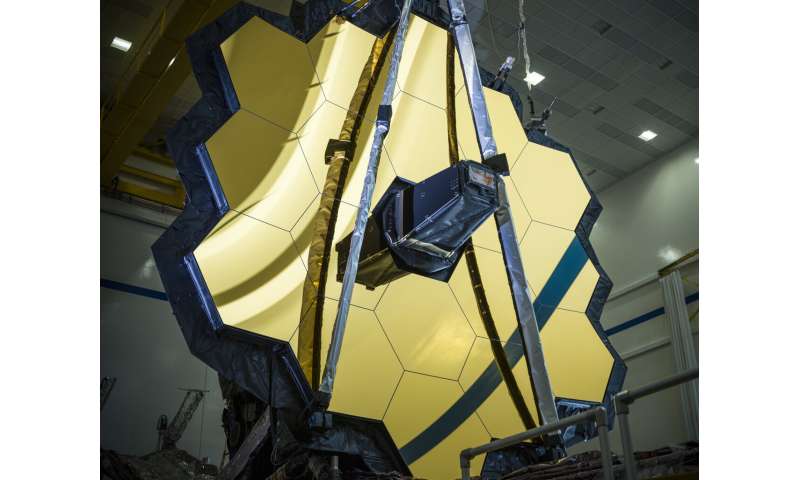
This March 5, 2020 photo made availalble by NASA shows the main mirror assembly of the James Webb Space Telescope during testing at a Northrop Grumman facility in Redondo Beach, Calif. Webb will attempt to look back in time 13.7 billion years, a mere 100 million years after the universe-forming Big Bang as the original stars were forming. Credit: Chris Gunn/NASA via AP
-
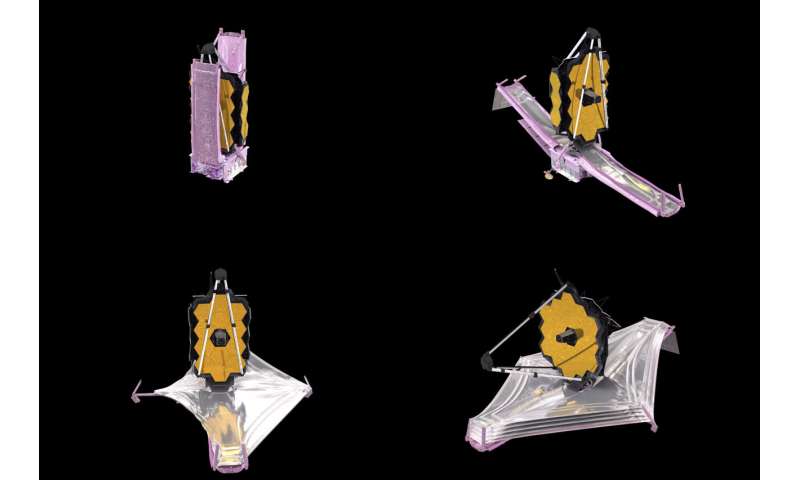
This combination of images from an animation made availalbe by NASA in December 2021 shows the unfolding of the components of the James Webb Space Telescope. Webb is so big that it had to be folded origami-style to fit into the nose cone of the Ariane rocket. Credit: NASA/Goddard Space Flight Center Conceptual Image Lab via AP
NASA is shooting for 10 years of operational life from Webb. Engineers deliberately left the fuel tank accessible for a top-off by visiting spacecraft, if and when such technology becomes available.
When he released Hubble, “I never would have believed that it would still be going strong almost 32 years later,” Hawley, now professor emeritus at the University of Kansas, said in an email. “I hope that in 32 years we’ll be able to say that JWST did as well.”
NASA confirms next Friday for Webb Space Telescope launch
© 2021 The Associated Press. All rights reserved. This material may not be published, broadcast, rewritten or redistributed without permission.
Citation:
Space telescope launched on daring quest to behold 1st stars (2021, December 25)
retrieved 25 December 2021
from https://phys.org/news/2021-12-space-telescope-quest-1st-stars.html
This document is subject to copyright. Apart from any fair dealing for the purpose of private study or research, no
part may be reproduced without the written permission. The content is provided for information purposes only.
If you liked the article, do not forget to share it with your friends. Follow us on Google News too, click on the star and choose us from your favorites.
For forums sites go to Forum.BuradaBiliyorum.Com
If you want to read more Like this articles, you can visit our Science category.



